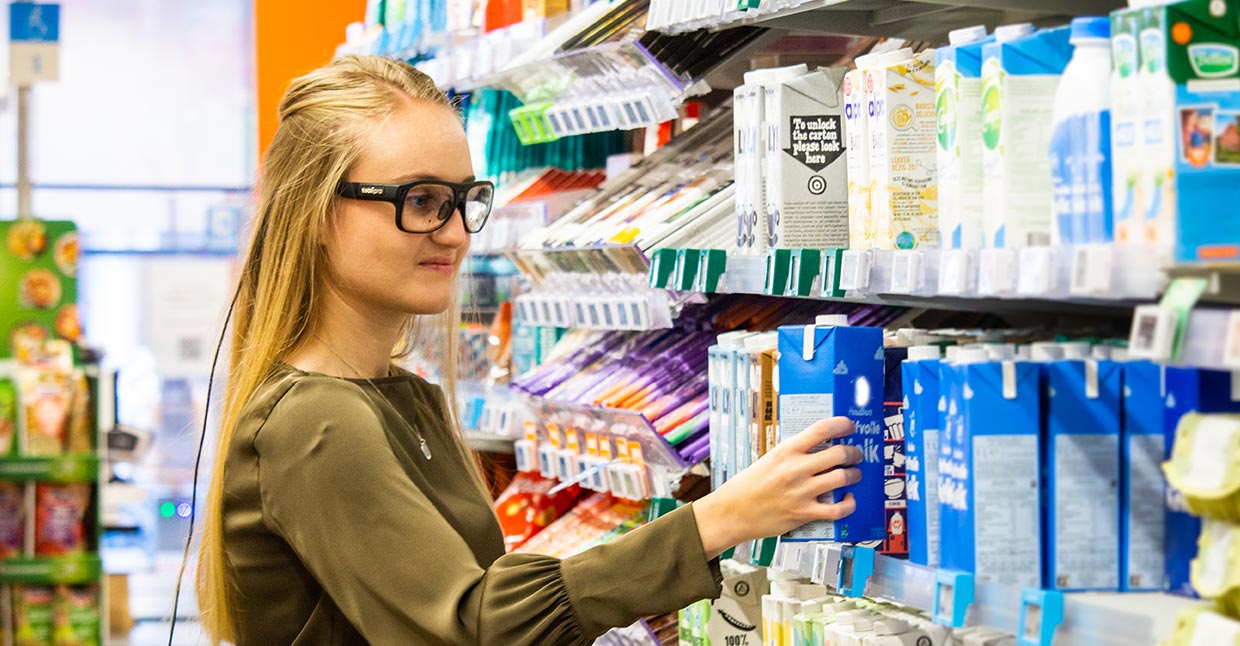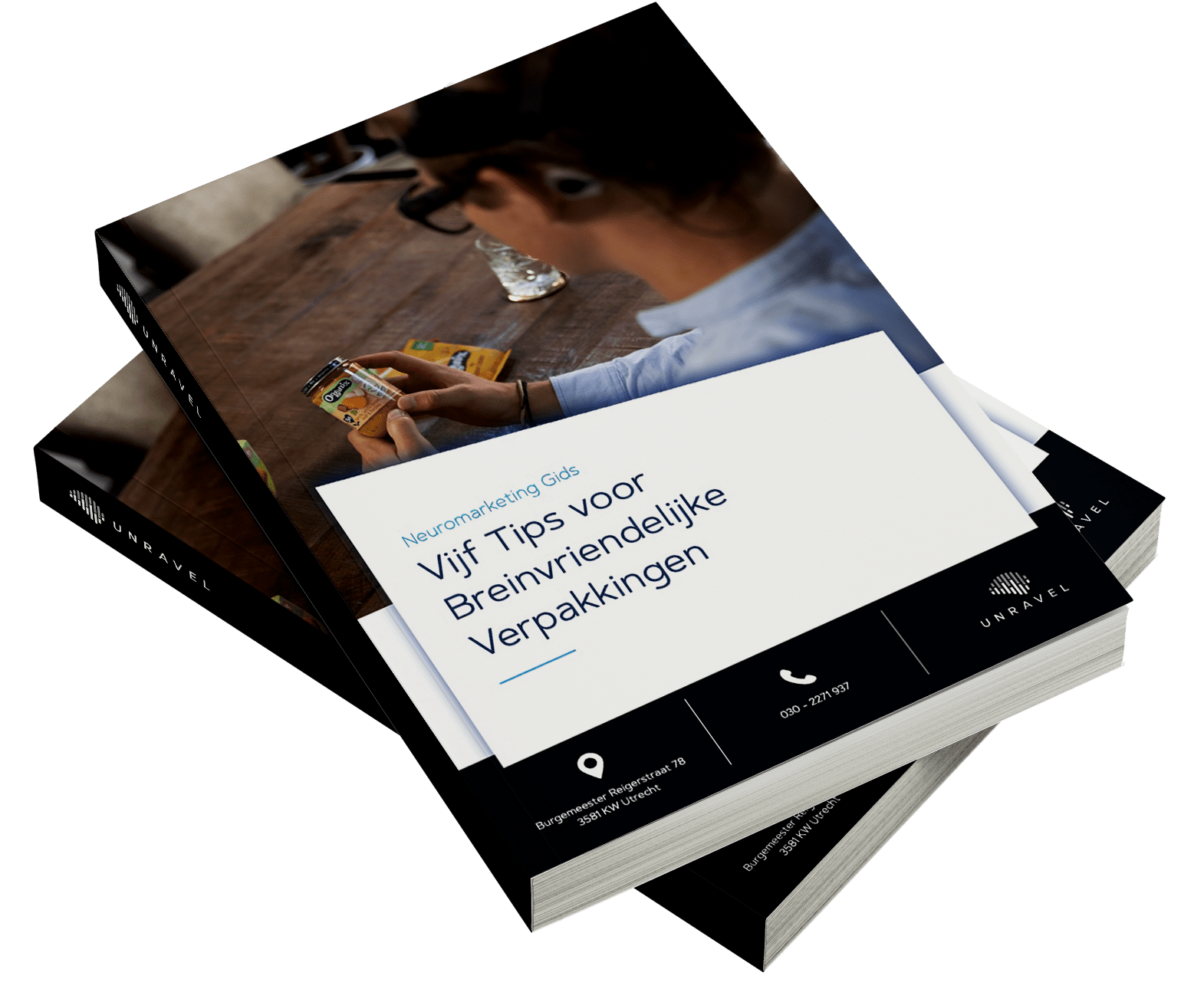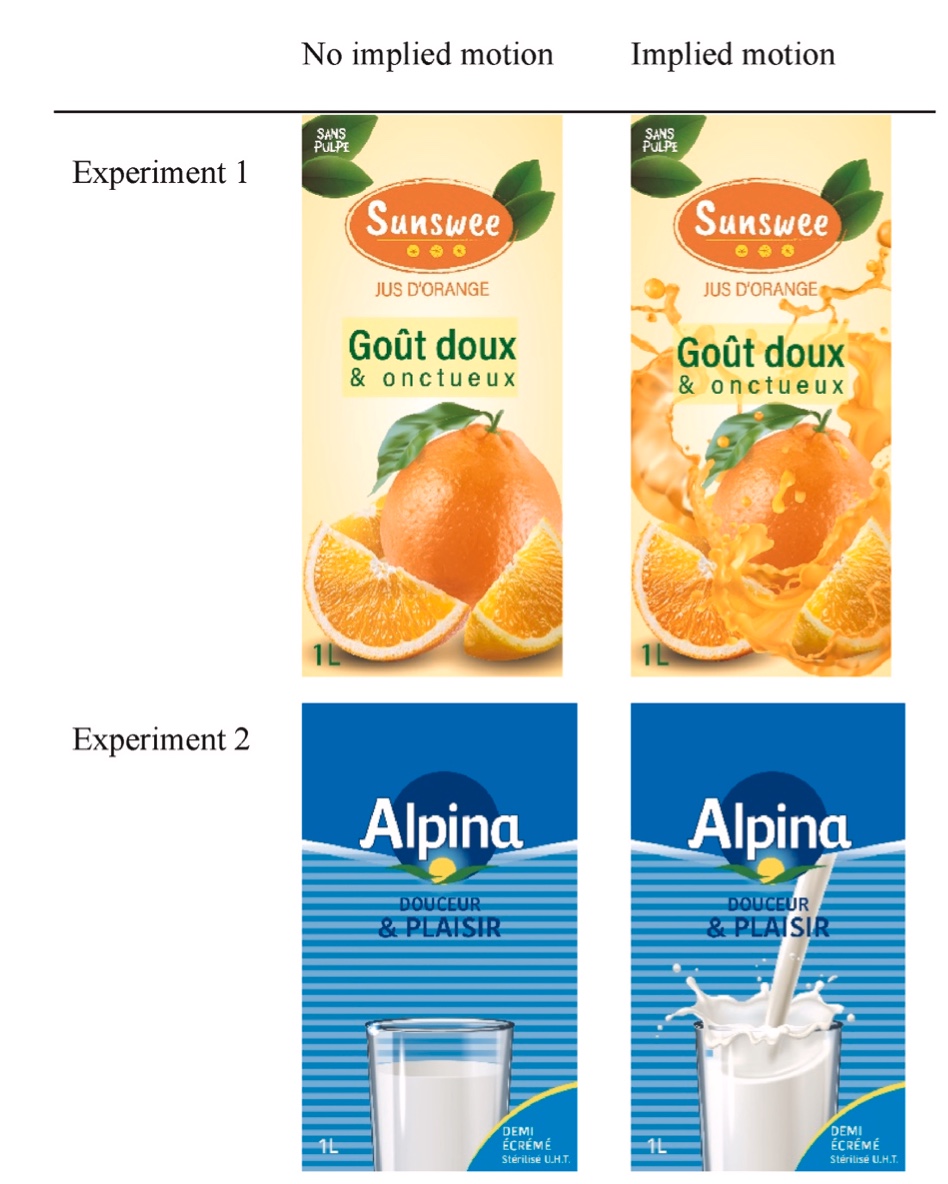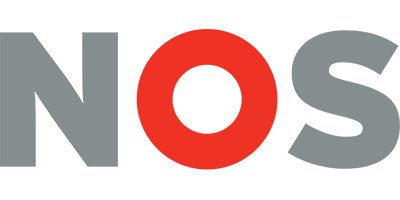
The hard truth is: most products in the store are almost never bought. In fact, they are never seen. When we let customers loose in the store with an Eye Tracker, we discover that these products receive not a millisecond of attention. You might as well have placed a brick on the shelf; the customer wouldn't have noticed.
The greatest challenge products face on the shelf is capturing attention. Without attention, no sales.
When we shop, our attention largely operates automatically. We don't consciously think about where we look, but our eye is simply directed from product to product. That might sound like a random process, but it isn't. The products our eye lands on cleverly play into sensitivities in our brain.
It's no coincidence that hundreds of studies have been conducted specifically aimed at dissecting which packaging factors help to automatically grab attention. Because the better you understand how attention works in the store, the more effective your packaging.
Trouwens, laatst gaven we een - gratis - lunch-webinar precies hierover. In dit lunch-webinar onthulden Tim en Tom de laatste inzichten en technieken over effectief verpakkingsdesign. Uiteraard ondersteund met eye tracking, breindata en salesimpact.
Aangezien je dit blog leest, dacht ik dat je deze webinar helemaal mooi zal vinden! Terugkijken kan heel simpel via deze link
What Captures the Customer's Attention?
In recent years, we have made one discovery after another with eye tracking about the drivers of attention on the shelf. On the one hand, attention is captured by shelf factors, such as the height on the shelf (the area between 1.20 and 1.50 is optimal) and the number of facings (the more facings a product has, the more attention).
On the other hand, when we look at product and packaging design, the main drivers of attention are:
- Contrast: The more contrast the packaging contains, the more attention. Contrast is generated both in relation to neighbouring products and within the packaging elements themselves.
- Simplicity: Less is more. We love packaging that is easy to process; so go for attractive visuals and few claims.
- Novelty: We find new information interesting. Don't go too far: small evolutions are more effective than revolutionary redesigns.
- Show the Product: This is the most attractive element for our brain. Show the product visually or make it visible with transparent packaging elements.
- Material: Our sense of touch also wants something. Packaging that begs to be touched does well in terms of attention. For example, through unique textures, coatings, or embossing.
These attention drivers have now been confirmed by numerous studies and are common knowledge among consumer psychologists and (fortunately) more and more good packaging designers. However, an attention factor that has never been investigated in the context of packaging is movement. And yet movement, in a broad sense, is one of the most important triggers of where our attention goes.
Gratis Neuro Insights Gids
Vijf Tips voor Breinvriendelijke Verpakkingen
Benieuwd naar onze 5 gouden neuromarketing tips voor breinvriendelijke verpakkingen? Download dan onze gids 😇.

⚡ New: Movement
When something moves from the corner of our eye, there is a good chance that our brain decides to focus attention on it for a moment. Yet movement has never been tested as an attention factor for packaging. At first glance, not surprising, because outside the world of Harry Potter, movement on packaging is not yet sustainably possible.
However, photographers know better than anyone that you don't need movement to evoke a sense of movement. When you see a photo of someone dancing, running, or jumping, the motor cortex in your brain, where this movement originates, will automatically become active. Static images can thus still activate implied motion, and this also works for products!
Implied Motion on Packaging
Imagine: you design the packaging for a fruit juice brand. You could – very safely – depict the juice in a glass. That results in static packaging. But you could also actually depict the juice flowing, creating packaging with implied motion.

The researchers Yu et al., (2022) investigated the effect of this implied motion effect on attention and sales. They developed two packaging variants for different products: with and without movement. They then had customers do their shopping with an Eye Tracking device, so the researchers could determine with millisecond precision what this design technique did to attention.
What was found? The packaging with movement could count on a significant dose of extra attention, which directly translated into more sales. On average, products with movement had a 69% higher chance of being seen. Customers also looked at them 82% longer. A world of difference in attention value.
Many products lend themselves to realistic movement. The technique goes significantly beyond liquids. Let crisps and sweets fall from the sky. Let toilet paper roll. And let ice cream subtly melt. And even when the product itself is difficult to capture with an illusion of movement, the technique can still be used with other packaging elements, such as moving characters or objects.
Gratis Webinar: Zo voorkom je Redesign Rampen🧠
Elke verpakking is vroeg of laat toe aan een nieuw likje verf. Je wilt met die nieuwe verpakking natuurlijk meer aandacht grijpen en vaker in het winkelmandje terechtkomen. Echter, soms gaat het mis. Hoe voorkom je Redesign Rampen? In dit webinar krijg je exact inzicht in welke psychologische factoren een redesign maken of breken.
👉 Hoe zorg je ervoor dat jouw merk vindbaar blijft?
👉 Hoe voorspel je de effectiviteit van een nieuw design?
👉 Wat hebben cases uit de praktijk ons geleerd?
De 60 minuten durende webinar is nu terug te kijken!
Bekijk de webinar via deze link <
Extra Effective for Fresh Products
There was a second effect of movement on packaging: the freshness perception of these products increased. The researchers explained the reason behind this surprising effect evolutionarily. Our brain unconsciously associates movement with life, and the lack of movement with something lifeless.
This makes implied motion particularly suitable for products with an expiration date. The technique seems especially effective for products you find in the supermarket, but may have less effect on the packaging of non-edible products such as electronics and utensils.
Beyond Packaging: Ads and In-Store Communication
Although the effect of movement in this study was explored within the context of packaging design, it is likely that the application area is considerably broader. Wherever attention is scarce, the illusion of movement can help to capture it more effectively. So print advertisements, in-store communication, and even online banners can benefit from it (although the latter group can of course also use actual movement with animation).
In short: if you don't want to stand still as a brand, it's essential to get your packaging moving.
🎓 Learn All About Packaging Psychology
This is just one insight from our database with hundreds of insights from packaging psychology. In our online training module "The Psychology of Irresistible Packaging," Tom has bundled all proven insights for creating effective packaging into one bite-sized training. During the training, you will learn, among other things:
✅ What determines the success of packaging on the shelf and online?
✅ How to grab more attention and encourage buying?
✅ Dozens of directly applicable psychological insights

References
Yu, J., Droulers, O., & Lacoste-Badie, S. (2022). Why display motion on packaging? The effect of implied motion on consumer behaviour. Journal of Retailing and Consumer Services, 64, 1-9.






